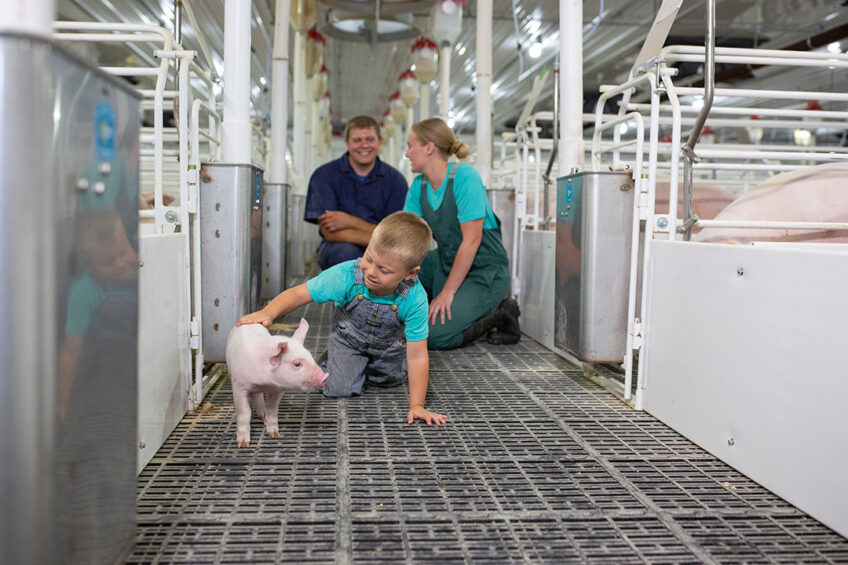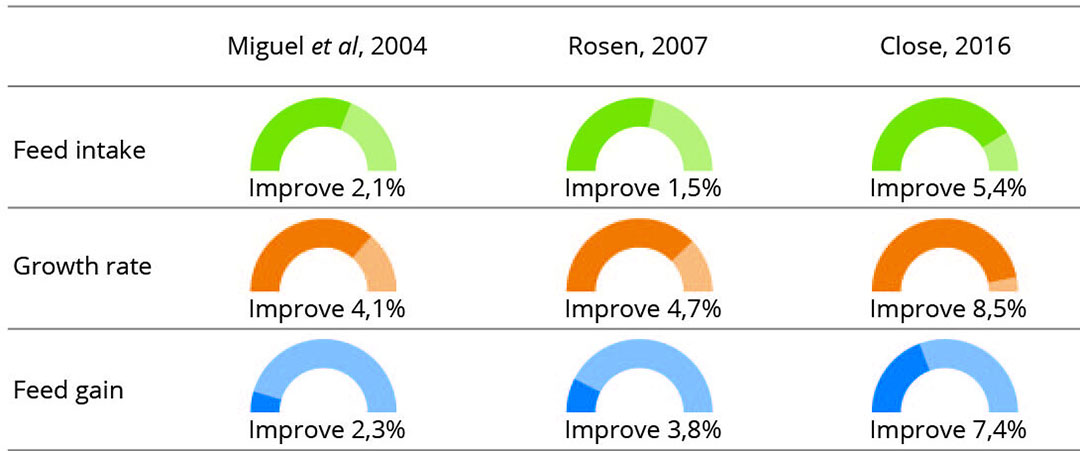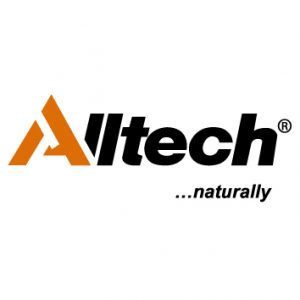Maximising nutrient absorption for optimal piglet performance

Weaning is a stressful stage for piglets, leading often to a reduction of feed intake and growth. Maximising the absorption of nutrients will contribute to optimal piglet performance.
Pig producers consider weaning as one of the most important stages in commercial pig production, with the primary goal being to make the weaning transition as smooth as possible. At weaning, piglets are subject to many stressors (such as dietary, environmental and physiological stress), and the sudden combination of stress factors results in a sharp reduction in feed intake and growth. The ‘post-weaning anorexia’ that young pigs experience results from a lack of nutrients feeding the gut, coupled with reduced nutrient absorption and increased local inflammation due to gastrointestinal tract disturbances. Furthermore, damage to the gut integrity and heightened intestinal permeability usually increase susceptibility to post-weaning diarrhoea. Overall, the initial post-weaning period is largely characterised by poor performance and health in piglets.
Pig producers across the globe are currently faced with a multitude of challenges, including rising feed costs, processing plant labour shortages and volatile export markets, creating a perfect storm for the pig industry. Therefore, balancing feed costs and pig performance is now more vital than ever. This article looks at maximising the absorption of nutrients through improved gut health to achieve optimal piglet performance and profitability in a sustainable way.
Weaning-associated changes in the gastrointestinal tract
The intestine is possibly the most important site for nutrient digestion and absorption in the pig and is a key element in gut health and immune function. However, as indicated, a series of modifications in the gastrointestinal tract (GIT) physiology, microbiology and immunology occur immediately after weaning. Examples of such changes include:
Morphology: Gut morphology changes associated with weaning include decreased villus height, increased crypt depth and reduced villus height to crypt depth ratio. Before weaning, these villi, which are responsible for nutrient absorption, are tall and thin finger-like structures. However, studies have shown that villus height decreases by roughly 75% within 24 hours of weaning compared to the pre-weaning status. These alterations can cause a reduction in nutrient absorption due to a loss of mature enterocytes and reduced activity of certain brush-border enzymes.
Barrier function: The gut barrier plays an integral role in the survival and overall health of pigs by controlling normal gut functions and preventing pathogens, toxins and allergenic compounds from the lumen entering the body. Weaning induces a breakdown in intestinal barrier function. This breakdown is mainly characterised by a more permeable intestine, thereby promoting pathogen entry and increased inflammatory responses.
Immunity: Weaning-associated stress, coupled with the loss of passive immunity from sow milk and a more permeable intestine, increases the susceptibility of piglets to infectious intestinal bacteria. When the immune system is triggered, significant levels of nutrients are then diverted away from piglet growth and towards the intestine to take care of the inflammation.
Intestinal microbiota: The abrupt dietary and environmental changes at weaning cause a shift in the microbial community of the gut. The most evident changes reported in studies are a reduction in Lactobacilli and reduced microbial diversity and richness.
It is clear that if the GIT is not healthy and functioning optimally, the overall performance, digestion and absorption of nutrients, disease status and physiology of pigs will suffer and, eventually, so will the producer’s profitability. Therefore, if producers are to successfully ease the weaning transition to safeguard optimal performance and efficiency, they need to focus their attention on establishing good gut health in piglets. This can be achieved with early-life nutritional strategies designed to optimise gut structures to ensure effective nutrient absorption, promote favourable microbial communities within the gut and support the immune system; as all these components are intrinsically linked with gut health and development.
Figure 1 – Actigen improves the structure of the piglet intestinal tract post-weaning to aid nutrient absorption and utilisation. The villi are taller and have a thinner wall to absorb nutrients.

Maximising gut health and development
There is wide interest in incorporating natural feed additives in piglet diets as a viable means to promote their lifetime growth and development and minimise antibiotic use. Alltech has over 40 years of research and technical expertise in gut health and has created comprehensive programmes designed to support piglet performance by ensuring optimal gut health and development as soon as possible after birth. Incorporated in the gut health programmes for piglets are natural feed materials, such as Actigen, which have been demonstrated to significantly improve the intestinal structure of piglets post-weaning when supplemented in creep and starter diets (Figure 1). As a result, nutrient absorption and utilisation increase and this is subsequently followed by an improvement in piglet weight gain (Table 1).
Table 1: Actigen helps to improve piglet performance

Several studies have also demonstrated a significant improvement in feed efficiency (Table 1) and enhanced immune status of piglets via supplementation of the above feed materials in piglet feeds. In addition, recent research has highlighted that dietary Actigen aids in preventing the colonisation of certain pathogenic bacteria in the gut. This may, therefore, provide an innovative approach to reducing the use of antibiotics in swine herds.
In conclusion
Weaning provokes several functional and morphological changes in the GIT of piglets where many of the nutrients are digested and absorbed. Effective and economic early-life nutritional strategies are critical to alleviate the depressed growth and health status of newly-weaned pigs. By supporting gut morphology and intestinal health with the use of certain functional feed additives, the digestive, absorptive and secretory ability of the GIT will be enhanced and this will aid in ameliorating the negative impacts of weaning on pig health and performance. With feed costs spiralling out of control in recent months, maximising nutrient absorption and feed efficiency of pigs will also be important in protecting producers’ profit margins.
References available on request.











